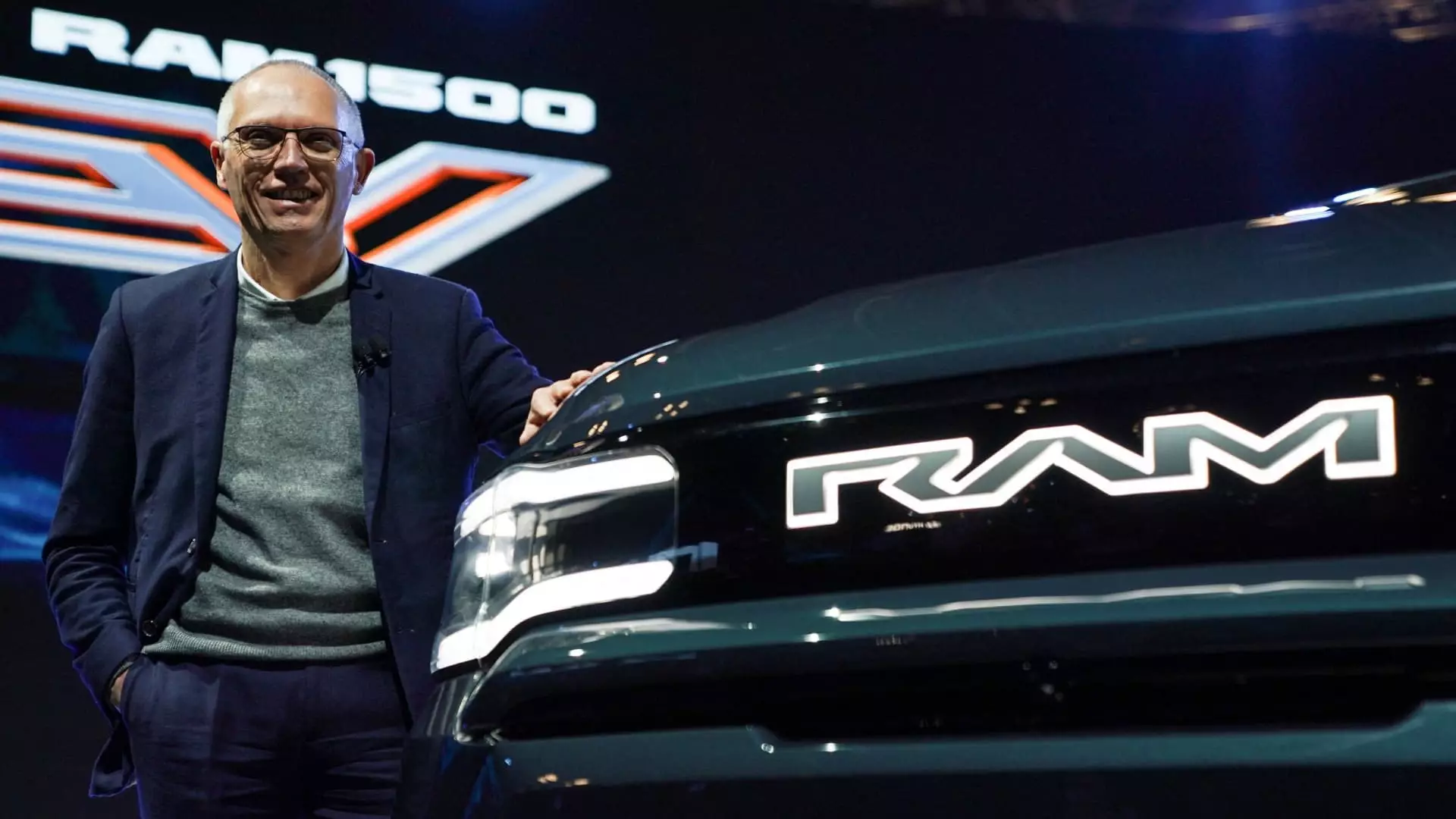Stellantis, the multinational automotive corporation, has set itself apart from other automakers by taking a firm stance on the profitability of electrified vehicles. CEO Carlos Tavares announced that Stellantis won’t sell hybrid and all-electric models at a loss, unlike some competitors. With a commitment to financial sustainability, the company believes that it is essential to generate profits from every vehicle sold. Despite initial skepticism regarding consumer adoption of electric vehicles (EVs), Tavares revealed that Stellantis is already making money on its electrified vehicles. This article explores Stellantis’ unique approach to the EV market and the promising future prospects for the company.
Stellantis differentiates itself from its predecessors, such as Fiat Chrysler, by avoiding the sale of EVs at a loss. While other automakers have tried to stimulate sales, meet fuel economy standards, or build production capacity, Stellantis prioritizes financial sustainability. Tavares emphasized that the company is currently making money on its electrified vehicles and aims to continue doing so with its next-generation models. This approach ensures that Stellantis remains a sustainable and profitable entity.
Stellantis is firmly committed to the expansion of its electric vehicle offerings. With 25 EV models already available globally, the company plans to launch an additional 23 models by the end of this year. The latest details revealed further exciting additions to the lineup, including an all-electric version of the iconic Jeep Wrangler SUV and a Dodge muscle car. Moreover, an all-electric variant of the popular Ram 1500 pickup truck is expected to debut early next year. Stellantis’ unwavering dedication to investing 50 billion euros ($54.4 billion) in electrified vehicles and related technologies through 2030 demonstrates its long-term vision and commitment to the EV market.
Despite the slower-than-expected adoption of EVs in many countries, Tavares reaffirmed Stellantis’ unwavering commitment to its EV roadmap. The company remains undeterred by initial challenges and firmly believes in the future of electric mobility. However, Tavares acknowledged that future plans could be influenced by consumer demand and political changes resulting from upcoming elections. Stellantis adapts to market dynamics, ensuring that its strategy remains responsive and advantageous.
Stellantis introduced its “STLA Large” platform as one of the key foundations for its upcoming vehicles. This flexible platform will support a range of Stellantis’ next-generation models. The company plans to launch eight new vehicles, including all-electric options, on the “STLA Large” platform between now and 2026. Notably, Stellantis did not specify the exact number of electric vehicles, as the platform can accommodate various propulsion systems. This includes plug-in hybrid electric vehicles (PHEVs), non-plug-in hybrids, and traditional internal combustion engines. The versatility of the “STLA Large” platform allows Stellantis to offer a diverse range of vehicles and cater to the unique needs and preferences of different customers.
Stellantis’ commitment to delivering high-performance EVs is evident through the capabilities of its upcoming models. The EV variants based on the “STLA Large” platform will be available in both 400-volt and 800-volt battery electric vehicle architectures. This technology enables fast charging and provides an impressive driving range of approximately 500 miles for sedans. Stellantis’ focus on enhancing the overall customer experience ensures that its electric vehicles are equipped with innovative features and cutting-edge technology, setting them apart from the competition.
As Stellantis continues to disrupt the automotive industry, its unwavering commitment to the profitability of electric vehicles is commendable. By prioritizing financial sustainability and generating profits from its electrified models, the company sets a benchmark for industry peers. Stellantis’ expanding EV portfolio, meticulous planning, and investment in innovative platforms reaffirm its commitment to an electric future. Despite challenges, the company remains steadfast in its determination to shape the future of mobility. With a promising lineup and a versatile platform, Stellantis is well-positioned to lead the charge towards electric mobility in the global automotive market.


Leave a Reply